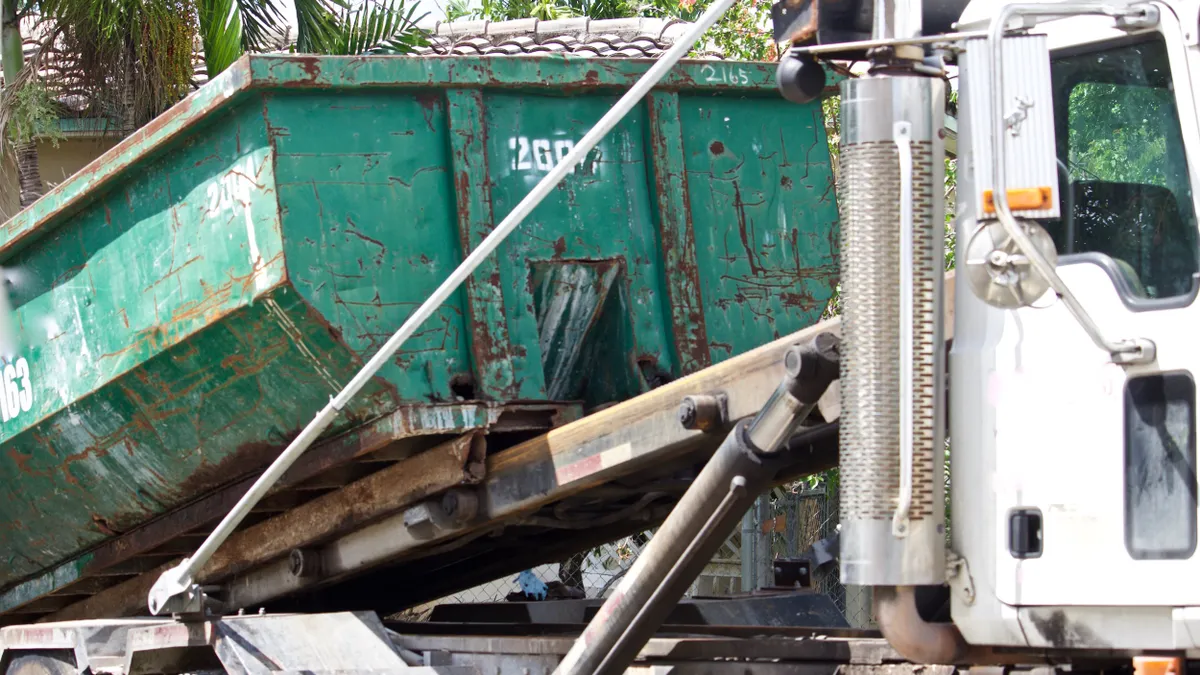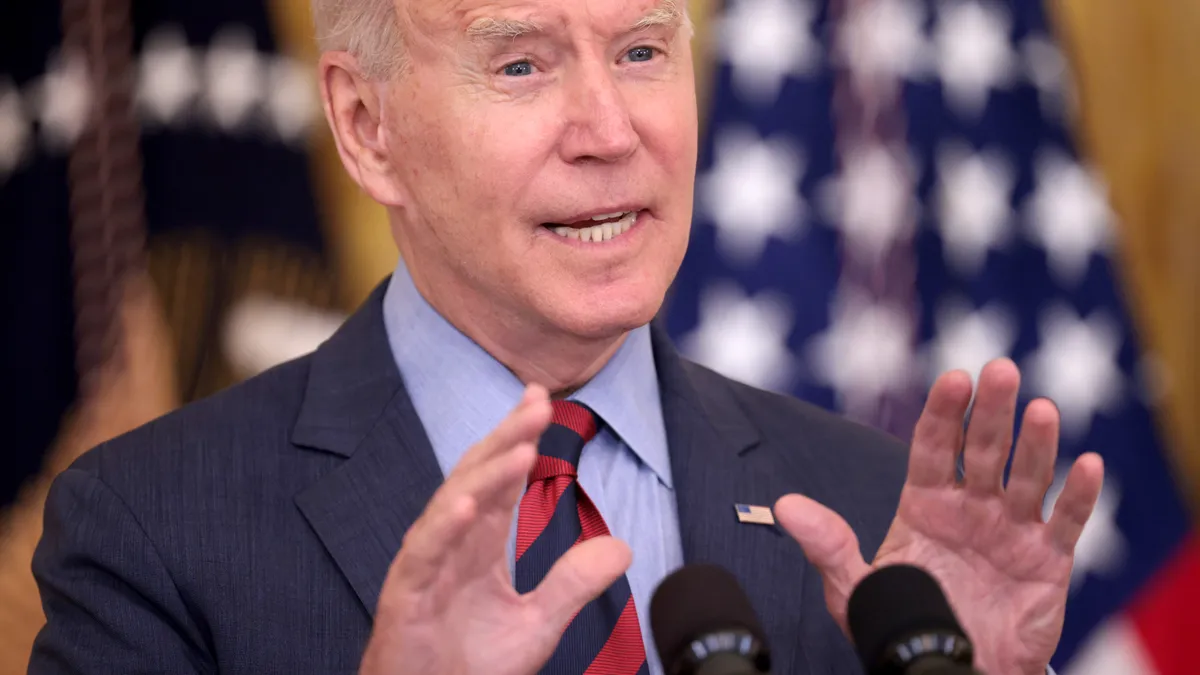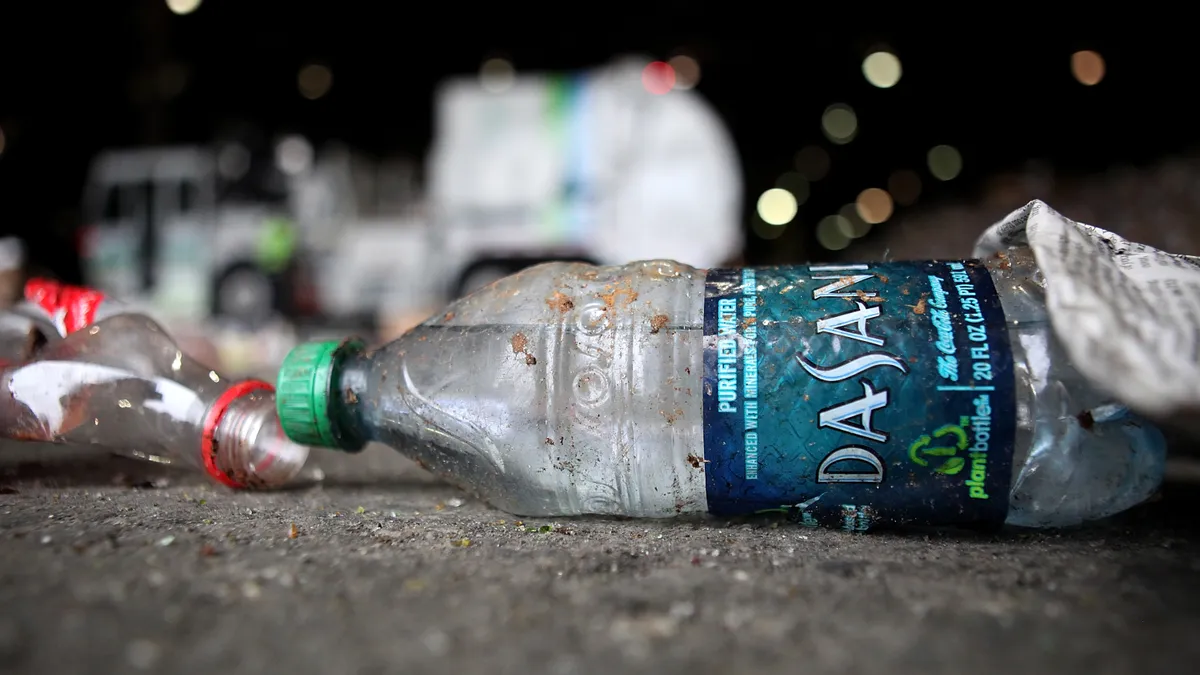John Cruickshank, an associate attorney with Alaniz Schraeder Linker Farris Mayes LLP, said during WasteExpo session that the industry has been operating in a climate of "regulatory gotcha" for the past eight years. Labor agencies regularly altered guidance or rules, followed by quick enforcement, which raised questions on how to keep up with changes.
While the Trump administration has indicated that rulemaking will slow down, Trump's promise to roll back regulations could indirectly become a "gotcha" game if employers are not up-to-date on the latest laws.
Here are the top five labor trends that equip employers to effectively deal with employment relations and retention.
1. Wage inflation will require pay bumps
On Jan. 1, 2017, 19 states increased minimum wages based on a variety of factors including cost of living and ballot initiatives. Yet as minimum wages raise, existing employees will expect increased pay. "As you raise the ceiling, you raise the floor," said Cruickshank, and he noted that pay bumps are a way to ensure employee retention.
However in order to get "more bang for your wage buck," Cruickshank suggests employers implement micro wage increases for a longevity of appreciation. He notes that with a bigger, one-time bump, "employees often lose that appreciation over time ... Use micro increases so that you're giving them increases on a regular basis and they see, 'Oh, If i stay another three months, I'm going to get another [increase].'"
2. Equal pay will be pushed
If employers weren't paying too much attention to gender-based pay grades, it's time to start. Beginning next year, the U.S. Equal Employment Opportunity Commission (EEOC) will boost its monitoring of possible pay discrimination by requiring detailed employment pay data via new EEO-1 reporting forms — and Cruickshank suggests employers start crunching numbers now.
"The concept is simple," he explained. "Women deserve to be paid the same as men for the same work. I think we all agree with that in theory, but the question is, does your economic wage data support that?"
The deadline to submit the new form will be March 31, 2018, and it will require a list of all employees including their genders and how much they're making. Cruickshank notes that it will be simple for plaintiff attorneys to FOIA these forms and, with just a simple look at the numbers, employers could be facing potential litigation with any indication of discrimination.
3. Paper I-9s may be phased out
If there's one area that industry leaders should expect the biggest increase in regulatory enforcement, it's employment verification. As criminal activity regarding employment continues in many parts of the industry increased emphasis on background checks and verification is being put at the forefront.
Cruickshank predicts that an increase in I-9 audits from the DHS will be one element of this emphasis, yet he also hints that paper I-9s may soon be a thing of the past. He said that by the end of Trump's term as president, a mandatory electronic verification system — similar to E-Verify — will likely be in place. While this system will not be "completely foolproof," it will close some of the loopholes associated with paper verification forms.
4. Employment agreements will become beneficial
There are always going to be employees you "really can't afford to lose," says Cruickshank. While industrywide competition increases and retention continues to be an issue in some areas, employees will continue to be valuable — if they stay at your company.
Cruickshank suggests employers utilize employment agreements in order to lock employees in so they don't want to leave. Generally, this can be done with a three or five-year contract followed by a guaranteed retention bonus. "Ultimately, what you're doing is you're trading loyalty for job security," he said. While non-competes have basic implications, he highlights that they can address retention issues while motivating employees to reach performance goals for bonuses.
"[Employees] get the knowledge that you're going to stand behind them and you're going to keep them in that position as long as they don't cause a violation ... That's how you keep someone."
5. Automation will begin to disrupt workforce
"It's kind of mind blowing how much you can do by machine now," said Cruickshank while referring to a story about an automated brick layer that can do the work of six humans for a fraction of the cost. In the waste industry, employees have been threatened by talk of robotic garbage collectors, AI-driven sorters for recycling lines and "Gasbots" that can detect methane leaks at landfills. While the promise of automation could offer increases in efficiencies and cost-saving opportunities, it disrupts the heart of any business: the workforce. Employers must be conscious of how implementing new tech can affect existing workers' jobs, pay and loyalty to the company.

















